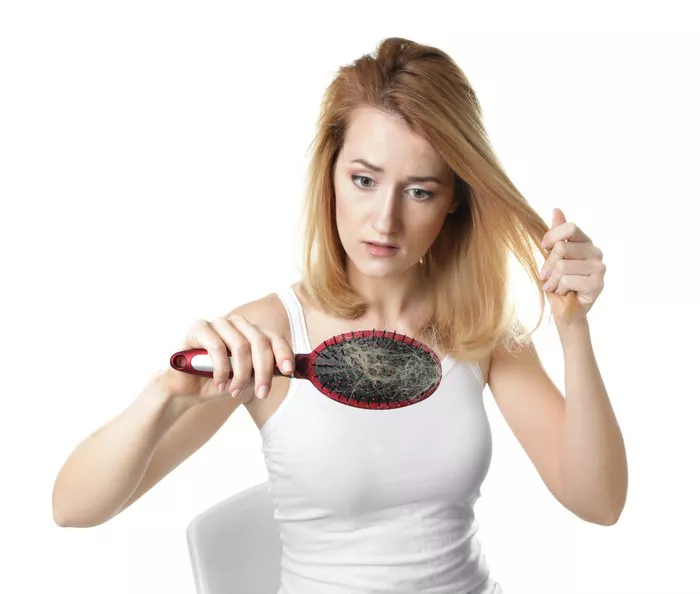In 2015, the talented illustrator and author Loryn Brantz, known for the beloved children’s book series “Feminist Baby,” gave us a whimsical glimpse into what the iconic Disney princesses’ hair would look like in real life. Snow White’s tresses had a touch of frizz, Ariel’s red locks were appropriately wet, and Jasmine’s voluminous mane suddenly seemed attainable, sans the need for copious extensions. However, one can’t help but wonder how time would affect their famous locks—take Rapunzel, for instance, with her cascading mane of spun gold; how would it fare three decades later?
While we can only speculate about our beloved fairy tale heroines, the reality for many women is that hair changes over time. According to the American Academy of Dermatology, a staggering 40 percent of women will experience visible hair loss by the age of 40. “Most women begin to notice thinning in their 20s, 30s, or 40s, but often, they ignore it until they’ve lost 40 to 50 percent of their hair. Female hair loss tends to follow a more sporadic pattern than in men,” explains Lars Skjøth, founder and lead researcher of Harklinikken, a Danish company at the forefront of developing personalized scalp extracts since 1992. Recent research shows that women’s hair concerns can significantly impact their self-esteem, with two-thirds of respondents in a survey conducted by OnePoll for Nutrafol agreeing that their hair’s appearance has a profound effect on their self-perception. The average woman experiencing hair thinning reportedly thinks about it 15 times a day. If you relate to this, read on for the latest advice on combating hair loss.
Diagnosing the Issue:
The most common type of hair loss in women is androgenic alopecia, which results from a combination of genetic factors and hormonal changes. Michele Green, MD, a cosmetic dermatologist based in New York, notes that this condition typically begins with gradual thinning and a widening of the part, progressing to diffuse thinning on the top of the head.
Promising Solutions:
In the quest to address hair loss, the use of a phototrichogram, a tool that analyzes and quantifies hair loss, is expanding our knowledge and paving the way for innovative treatments. A recent study on mice conducted by the University of California, Irvine, revealed that softening stem cells and enhancing the production of specific microRNA can stimulate hair growth in as little as ten days. While translating these findings into practical treatments for humans will take time, the results hold immense promise.
One of the groundbreaking treatments generating buzz is the Alma TED+. This ultrasound medical device employs a combination of acoustic sound waves and air pressure to deliver growth-enhancing ingredients beneath the scalp’s surface (TED stands for transepidermal delivery). Unlike some other in-office hair loss treatments, this method is minimally invasive and pain-free. Clinical results from the brand showed that 96 percent of individuals experienced increased hair growth following a second treatment.
Furthermore, Green highlights the continued effectiveness of treatments such as PRP (platelet-rich plasma) injections, particularly for early-onset hair loss; red light therapy, which stimulates the creation of new capillaries and now boasts clinical studies proving its efficacy in treating female pattern baldness; and oral spironolactone, an anti-androgen prescription that can be highly beneficial for patients with PCOS. For some women, menopausal hormone therapy (commonly known as HRT) may also be effective if hormonal imbalances during perimenopause contribute to their hair loss, notes Millheiser.
As we navigate the ever-evolving landscape of hair care and restoration, it’s comforting to know that scientific advancements and innovative treatments are offering hope and solutions to those grappling with the challenges of hair loss.


